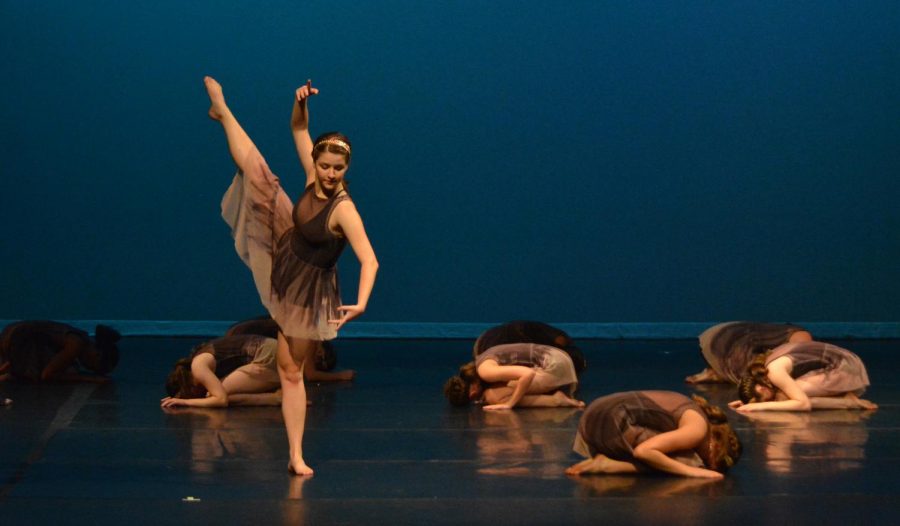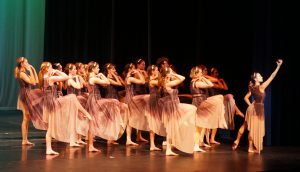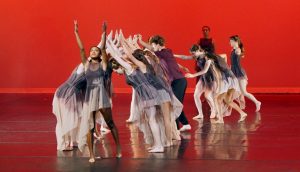Artistically Speaking: Aubrey Brown
Senior dance major, Texas Longhorn to be reflects on decade-long career on the stage
COMPANY’S COMING: Members of the McCallum Youth Dance Company perform both student choreographed and faculty choreographed pieces during the dress rehearsal for their show “TRADITIONS, innovating.” Senior Aubrey Brown rises from the underworld in “Jus de Grenade” choreographed by Rachael Murray. “Getting to play Mother Earth coming from the underground is unreal, and I never thought I would get to play a graceful yet sinister character,” fellow senior and company member Keanna Haynes said. “This piece is very beautiful, and it has different stories imbedded into one.” Photo by Annabel Winter.
May 10, 2018
The Shield: What do you think keeps you motivated to work as hard as you do?
Aubrey Brown: I love to dance, it’s so worth it. It’s cheesy, but I look forward to going to dance class and training. I’m also very close with my team, so it feels weird to not see them all of the time. I feel like I’m one of those people that likes to stay busy and always have something to be doing. It makes me feel like I’m productive and [like I’m] not wasting time.
TS: When did you decide to quit dancing and when did you decide to come back to it?
AB: I took classes for a year and a half when I was 5, then I quit then started again in fourth grade and I quit [dancing outside of school] before freshman year. I have been in the Fine Arts Academy for dance for all of high school. I think I started [dancing outside of school] again my junior year when I realized I really crave the challenge of dancing more competitively. I like to be next to someone who is better than me or who works harder than me because it pushes me to want to be better. It’s also inspiring to get to watch such talented people because there’s so much you can learn from watching and seeing stylistic choices and the way people connect to movement.
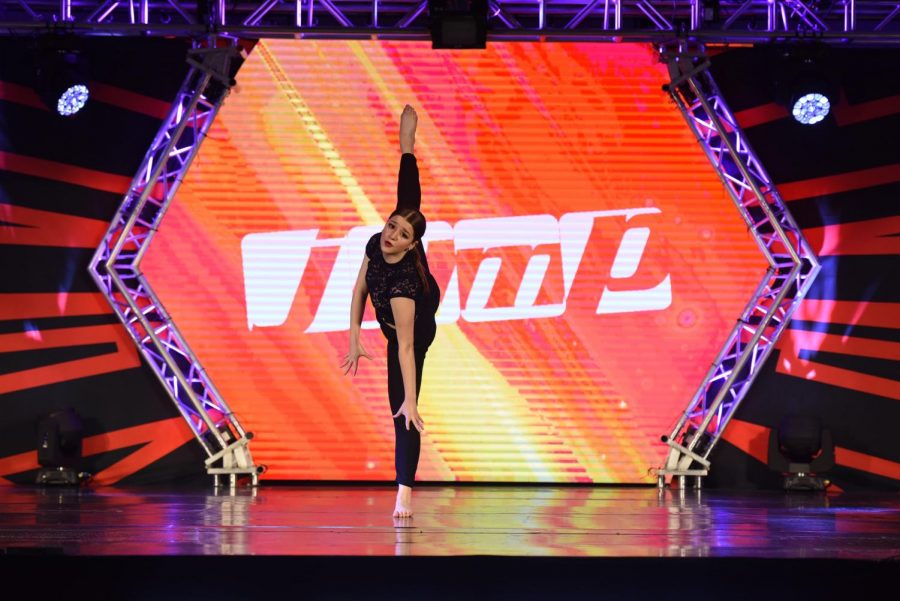
TS: How long have you been on that team?
AB: This is only my second year. I quit outside-of-school dance when I was going into freshman year because I wanted to do Blue Brigade, and I couldn’t commit to both. I had a friend who went to Rise in the dance academy and she convinced to me try it out, so I started my junior year. I became close with them pretty fast.
TS: Do you think it’s because you spend so much time together or is it the mutual love of dance that brought you together?
AB: Probably a little of both. I think there’s a lot we can all relate to with each other because even though we all love dance, we also are teenagers and get really frustrated sometimes, so it helps that we can complain about our teachers and laugh about stupid things that we do in class. I think that none of us take ourselves too seriously when we are together because dance is like a second life where we don’t worry about what homework we have to do or choose where to go to college.
TS: Can you tell me a little but about your solo competition in Dallas?
AB: It was competition and convention called Jump. Usually at these I leave school early to compete solos on Friday night, then take classes from more well-known teachers for about six hours on Saturday morning and compete in team dances that night and wake up on Sunday and take more classes. I usually only go to about three or four of these a year because they’re pretty exhausting and time-consuming. Jump was my team’s first convention of the year, so we were all pretty nervous about how all of our pieces would do, but it ended up being really fun. I think I got ninth in senior solos there, but I’m not completely sure.
TS: How do you manage school and dance?
AB: I get homework done whenever I have free time in school or during my off periods. Sometimes if I have to read a book for school I’ll listen to the audio book on the way there because it usually takes about 45 minutes to get to my studio in traffic. I also try to get as much as I can done on the weekends, so I don’t have to worry about as much during the week because I am at the studio about four nights a week.
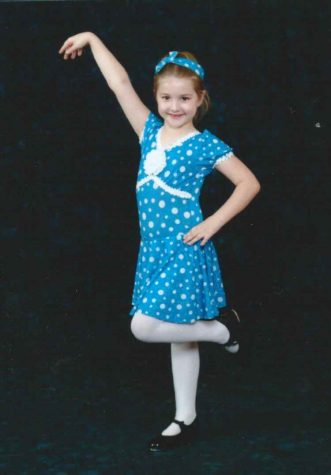
TS: Do you have a dance hero or someone you look up to that inspires you?
AB: I have so many. For a choreographer, I love Kirsten Russell. Watching her pieces amazes me because she does such intricate work, and I don’t understand how her mind even comes up with it. She also really challenges her dancers. The speed she demands them seems like it’s not humanly possible, but I guess that’s what makes it so interesting to watch. She choreographs a piece for my team every year and last year I wasn’t in it but even seeing it over and over again I never got bored. This year I am in it, and it’s my favorite piece to perform.
TS: What’s the most challenging part about the piece?
AB: It’s super intricate. Cleaning it was not fun because every body part down to the fingers has a place with her choreography. She’s very specific when she teaches it to us, so it’s up to us to maintain the detail of her work. The song is also a challenging aspect because it’s counted in six and normally we use songs in eight. It’s mostly just vocals with very little background music, so it’s harder to associate the movement with parts of the music. As a result we have have to be counting in our heads to stay in unison. Now that we have performed it so many times it’s more muscle memory, so it’s more enjoyable since we aren’t thinking as hard about it.
TS: How do you think Dance Academy affected your skill level and love of dance?
AB: The academy really helped to broaden my horizons and gave me the opportunity to work in styles that I never would’ve expected, like flamenco and house dancing. It really has exposed me to a wide range of teachers and made me more adaptable, rather than doing styles that I am more comfortable with.
Brown has committed to the University of Texas at Austin to study physical therapy.



